Introduction
In 1986, my first boss said "Designing your own computer is a mug's game. You spend ages designing it, even longer debugging it, and end up with a computer nobody else has. So then you have to write your own software, and that takes even longer than hardware. It really is a waste of time unless you are in our business, which is making computers. We do this to professional standards, and timescales."
Let that sink in.
At school and university, we have all summer to ourselves. We could read Lord of The Rings, or start up Apple Computers in a garage. We had a whole life ahead to do stuff. Then we get a job with 4 weeks holiday at most. Then families arrive and we have to spend much of that on them. Have kids, and there go your evenings. And nights for the first few years. Even if we live alone, we now have to do our own cooking, cleaning, tidying.
Time is precious and finite.
Projects that are basically a CPU, ROM, and RAM cobbled together are mostly just wiring the address and data lines together, plus a bit of TTL glue logic, basically equivalent to a microcontroller. A 4x4 keypad and 2x16 LCD is enough to prove a system is basically working, but it is not that impressive. Projects need a novel feature.
Don't waste time reinventing wheels.
My employers made a wonderful range of boards, all sharing the same bus signals. Z80, 6809, 68008, 68000, 68020, 8088, 80188, 80286, 34010 processors. A competitor even made a 32016 board. We had slave boards for parallel and serial I/O, floppy disk control, video, SCSI disk control, IEEE488, motor control, industrial signal conditioning, etc.
Key to our success was that the STEbus was not tied to any CPU or vendor. Unlike most microcomputer buses at the time. I said to my boss that the hobbyist world would really benefit from adopting this bus. He said "No! We really don't want the STEbus market to have loads of amateur designs that haven't been rigorously tested. They'll cause problems that we'll end up having to deal with."
In the 1980s, the Z80 and 6502 were used in desktop and control systems. Then IBM and Apple took over the desktop market, and microcontrollers took over the control market. So STEbus is no longer a commercial concern apart from maintaining legacy systems. All the manufacturers have moved on. My employers were bought up and assimilated by a multinational. I heard they threw all their STEbus design material into skips many years ago. :-(
I made a collection of all the STEbus material I could obtain. Many thanks to Cambridge University Radio Astronomy department for donating their old 68008 and 68020 systems to me. I have many of the excellent manuals, which included circuit diagrams.
Most boards included one or two PAL chips. The manuals did not include the logic equations, as they were liable to change if bug fixes were required. It also made it less easy for competitors to copy designs. Fortunately, the copy-protection bits were not usually blown. The feeling being that competitors would only be able to make exact copies, and if they made those in commercially viable numbers they would soon get spotted and sued. Non-registered PALs would be trivial to reverse engineer anyway. This is a great help for digital archivists, as they can be read and their logic equations reverse engineered. Fortunately I have a friend who has a device that can read most of these old devices. (Thanks Andy!).
Appeal for information
My collection is incomplete, so if anyone has any STEbus boards or material please let me know.
 Keith
Keith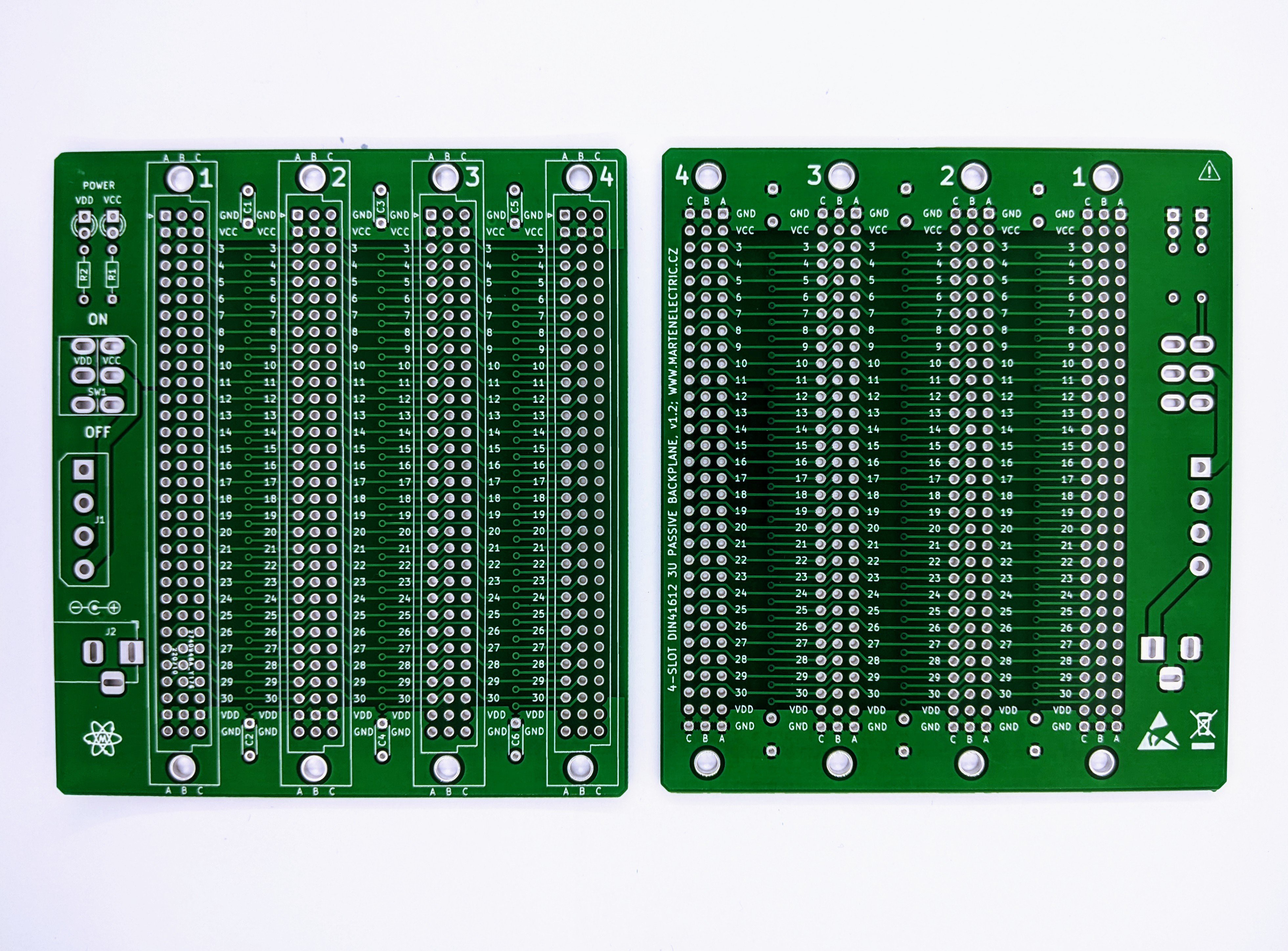
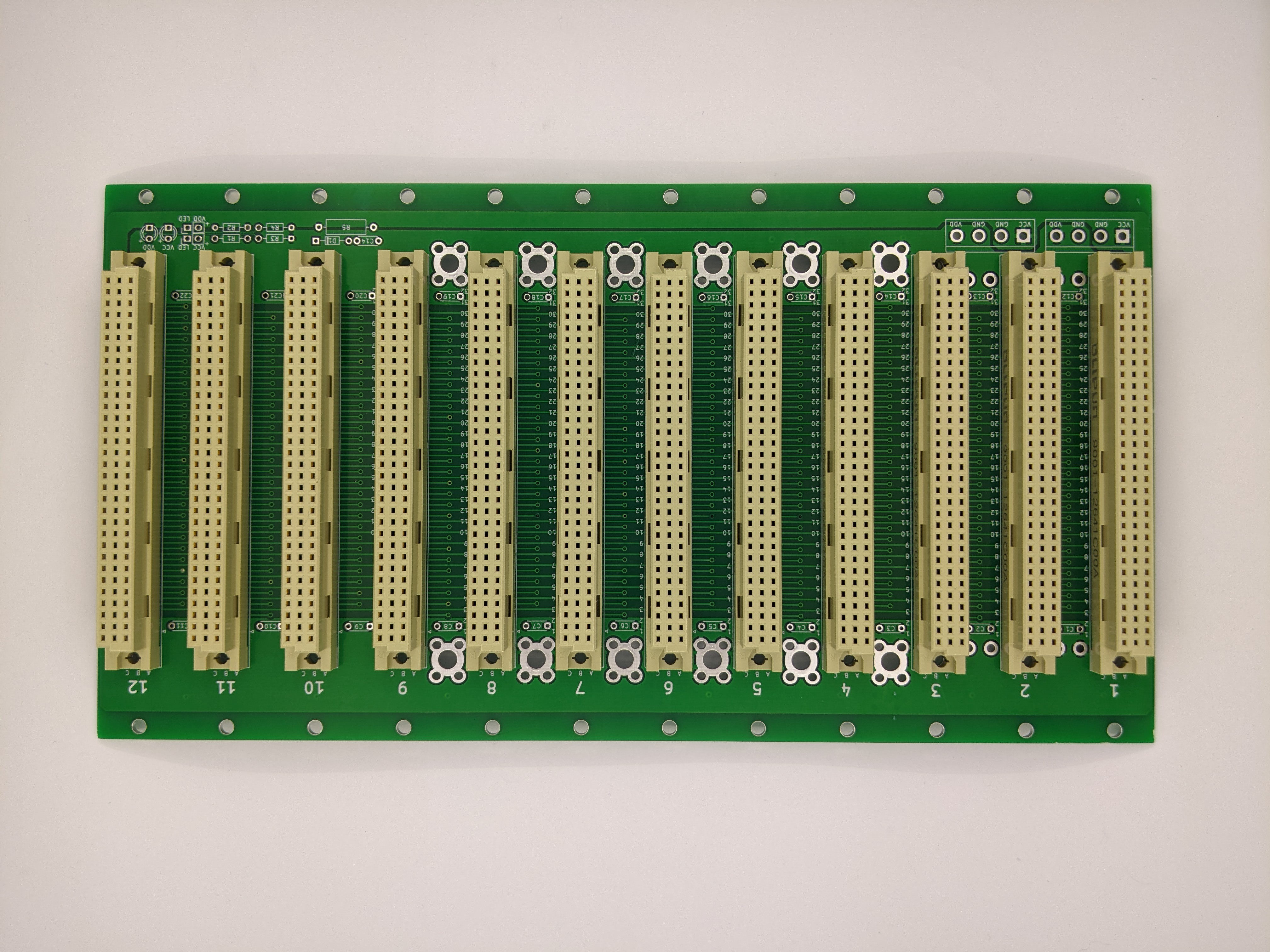

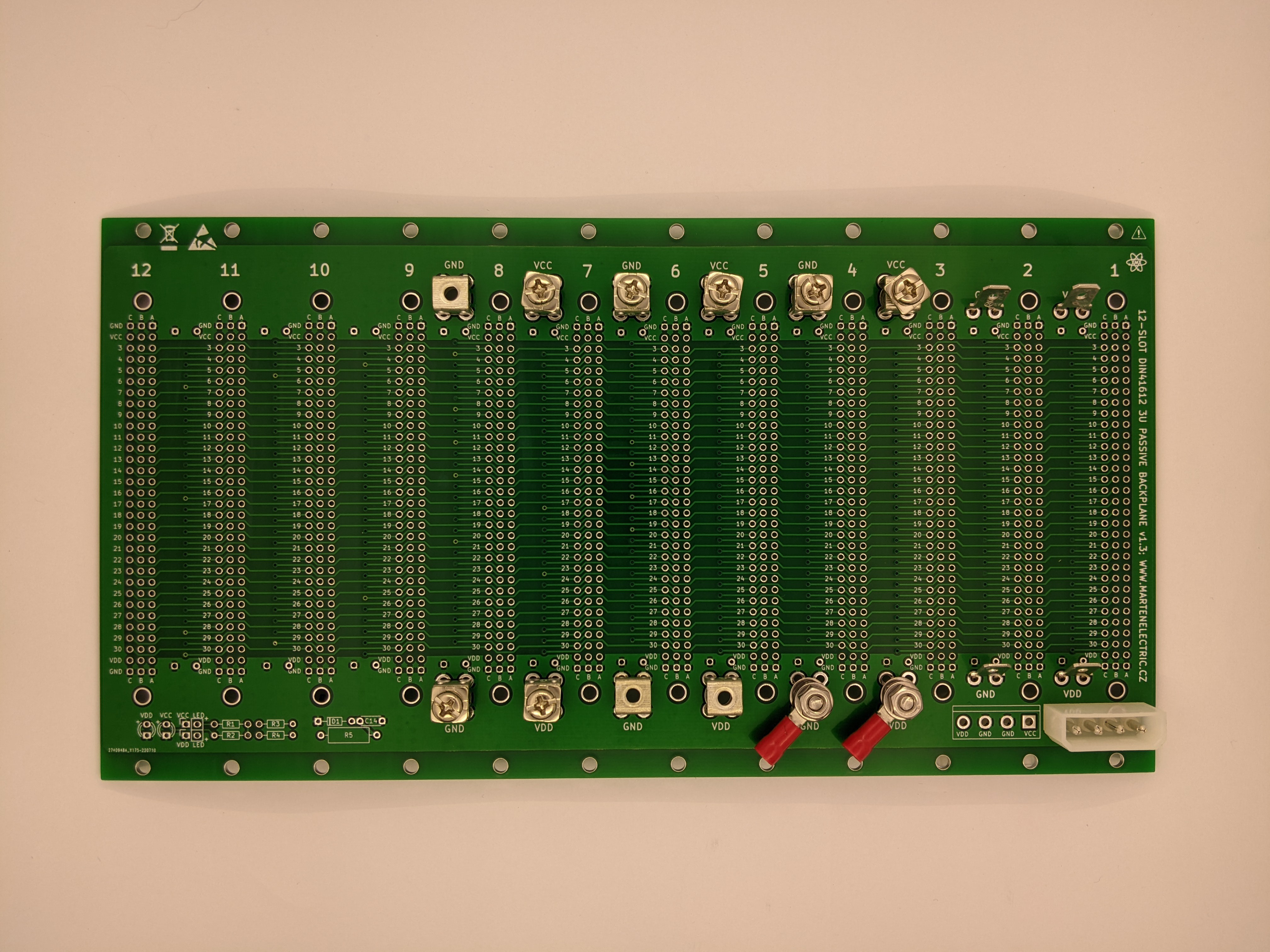
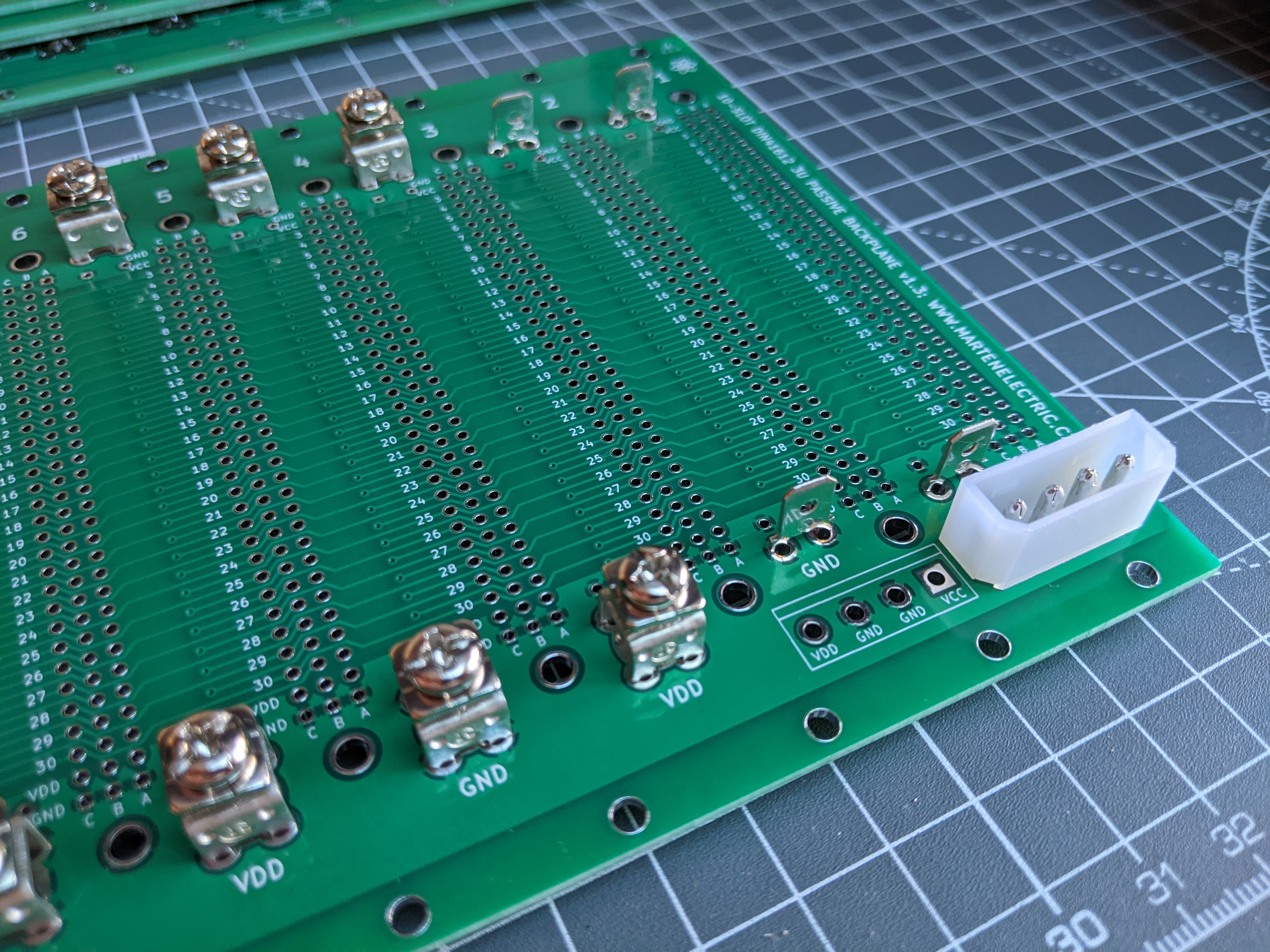
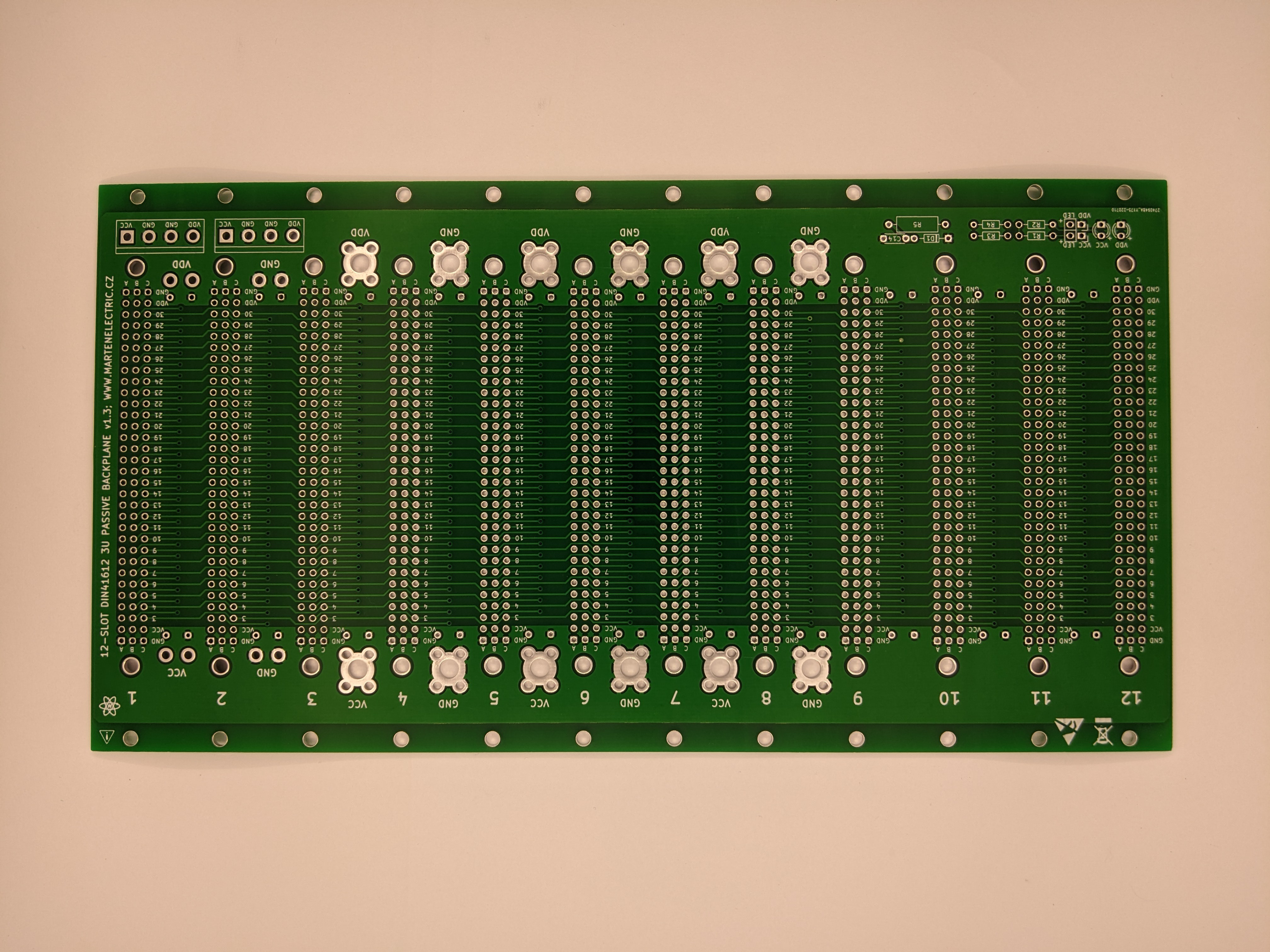

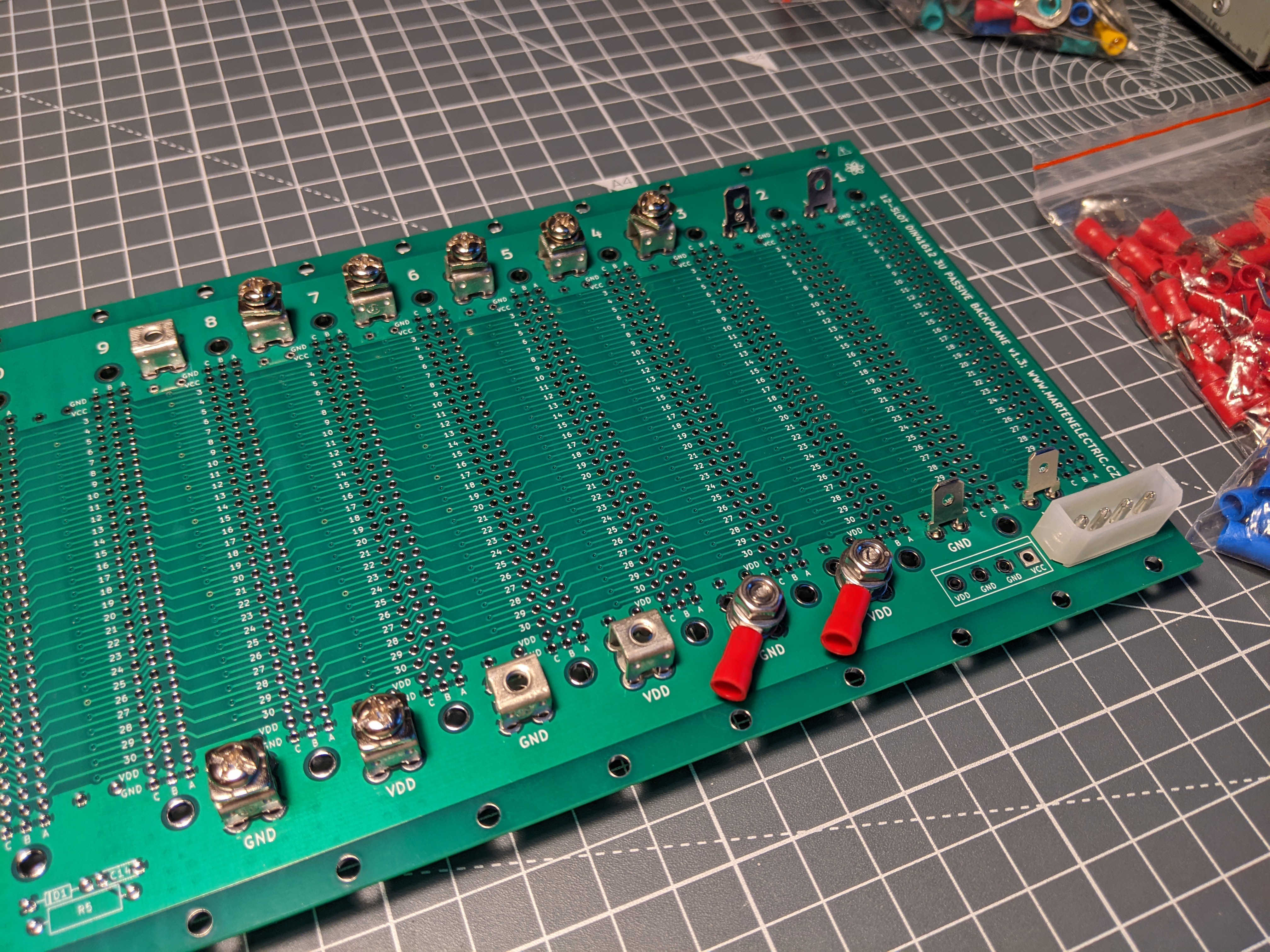
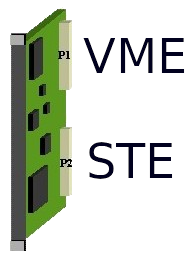

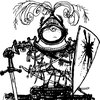
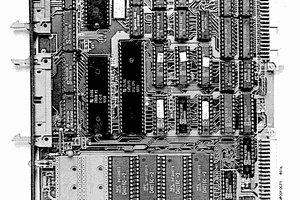
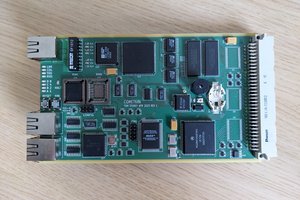
 Tom
Tom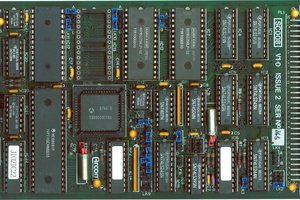
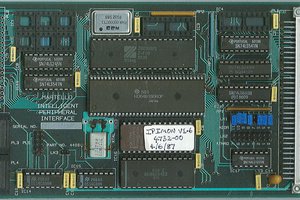
Hi Keith,
I am currently designing a FPGA board (based on the DE0 Nano daughter board) for the STEbus. The board is powerful enough to embed full boards with 6809 or Z80 in the FPGA, so if you have some code for the original boards, I can try to make it run in the FPGA (like what I do for the MiST FPGA project)